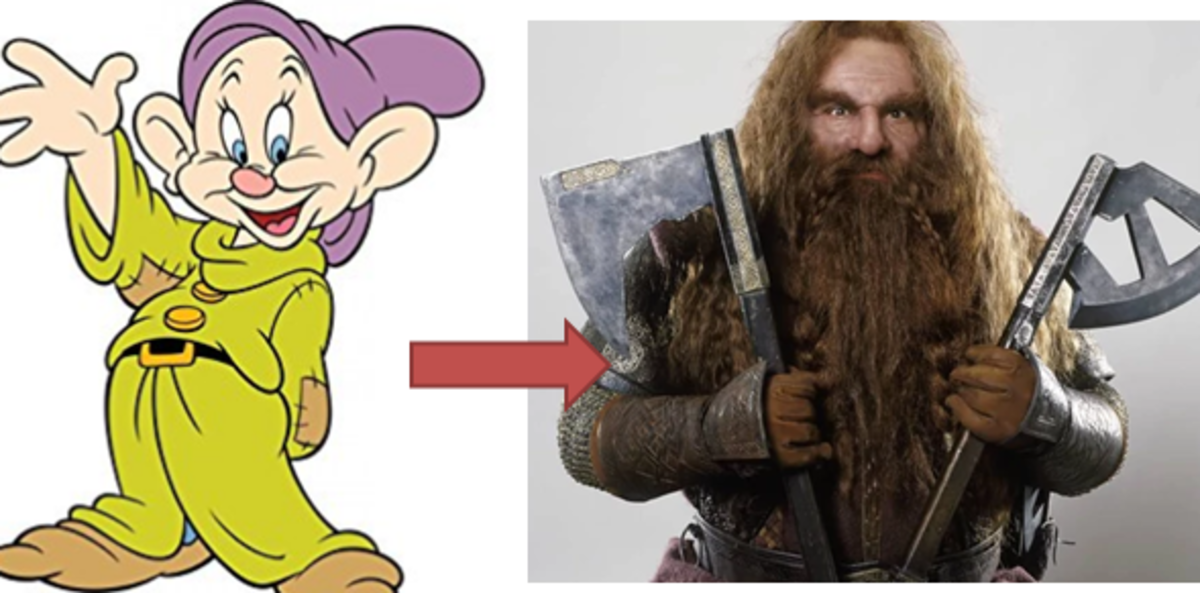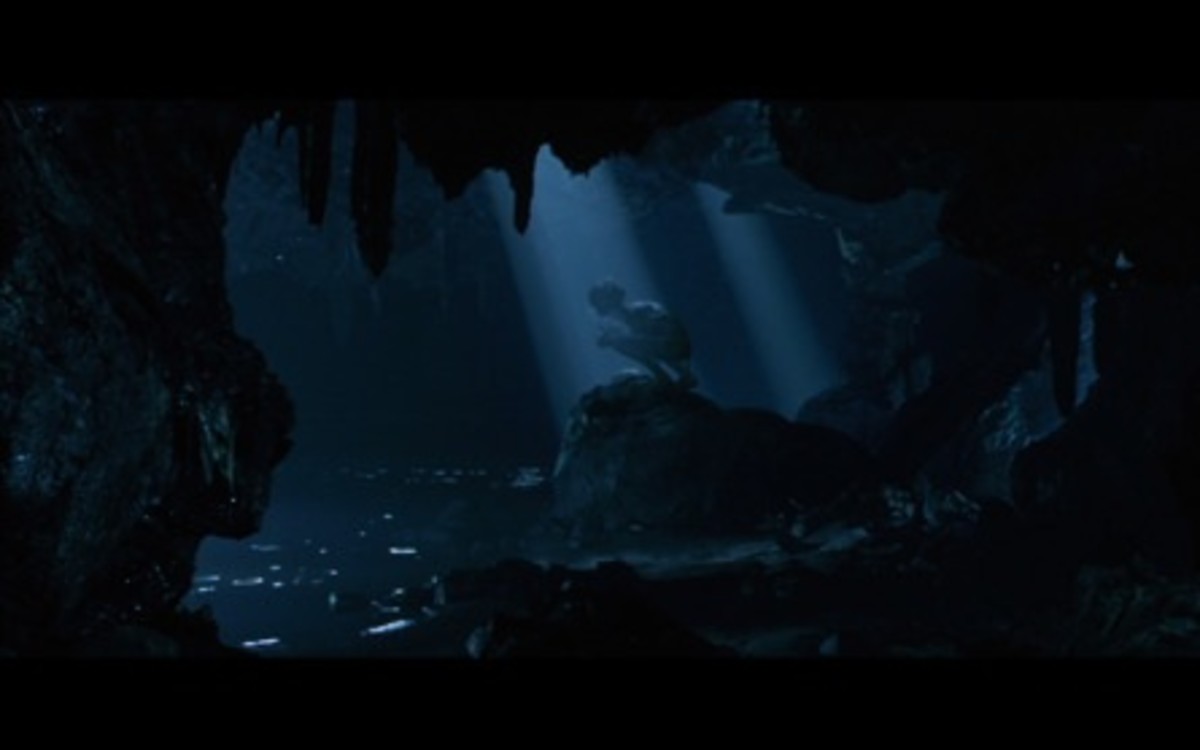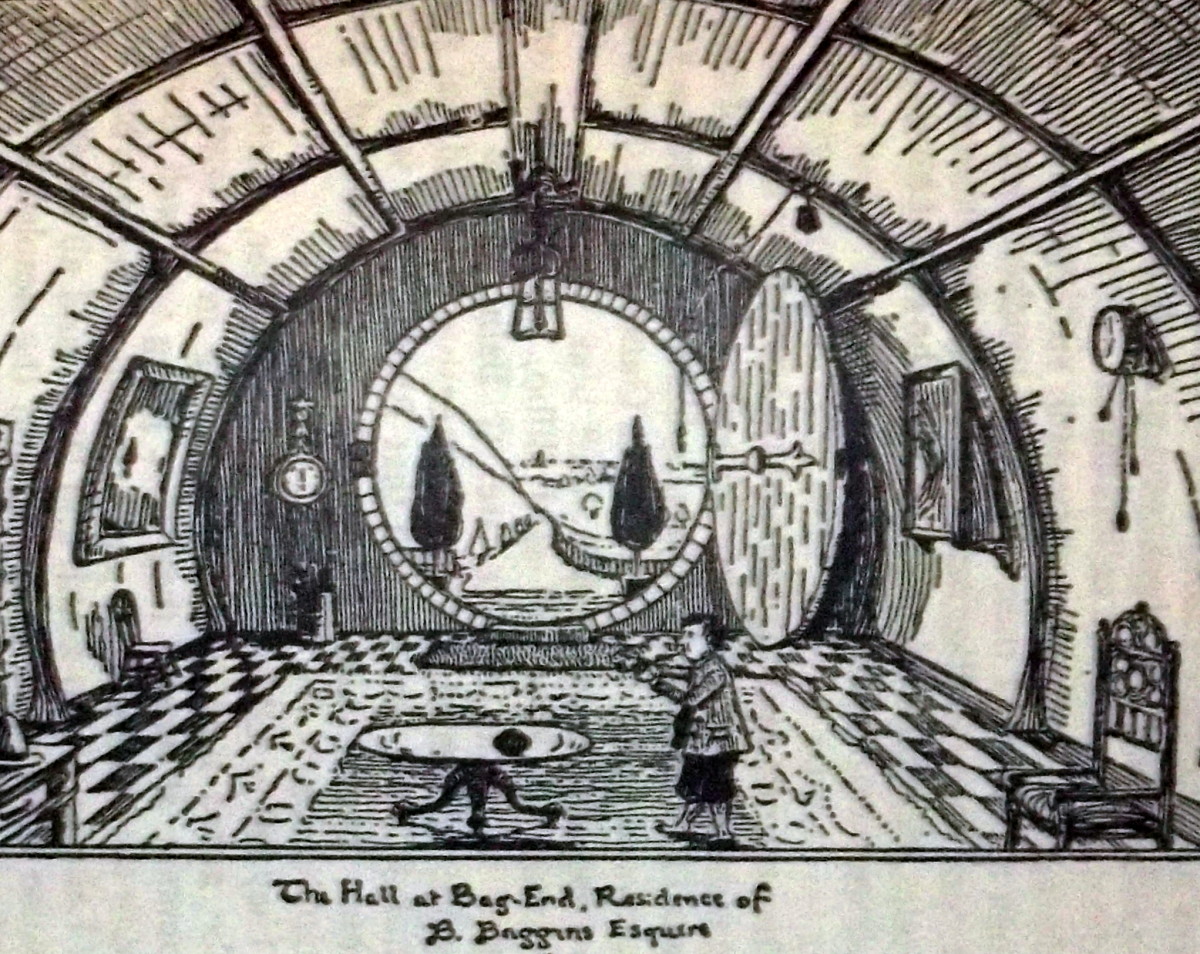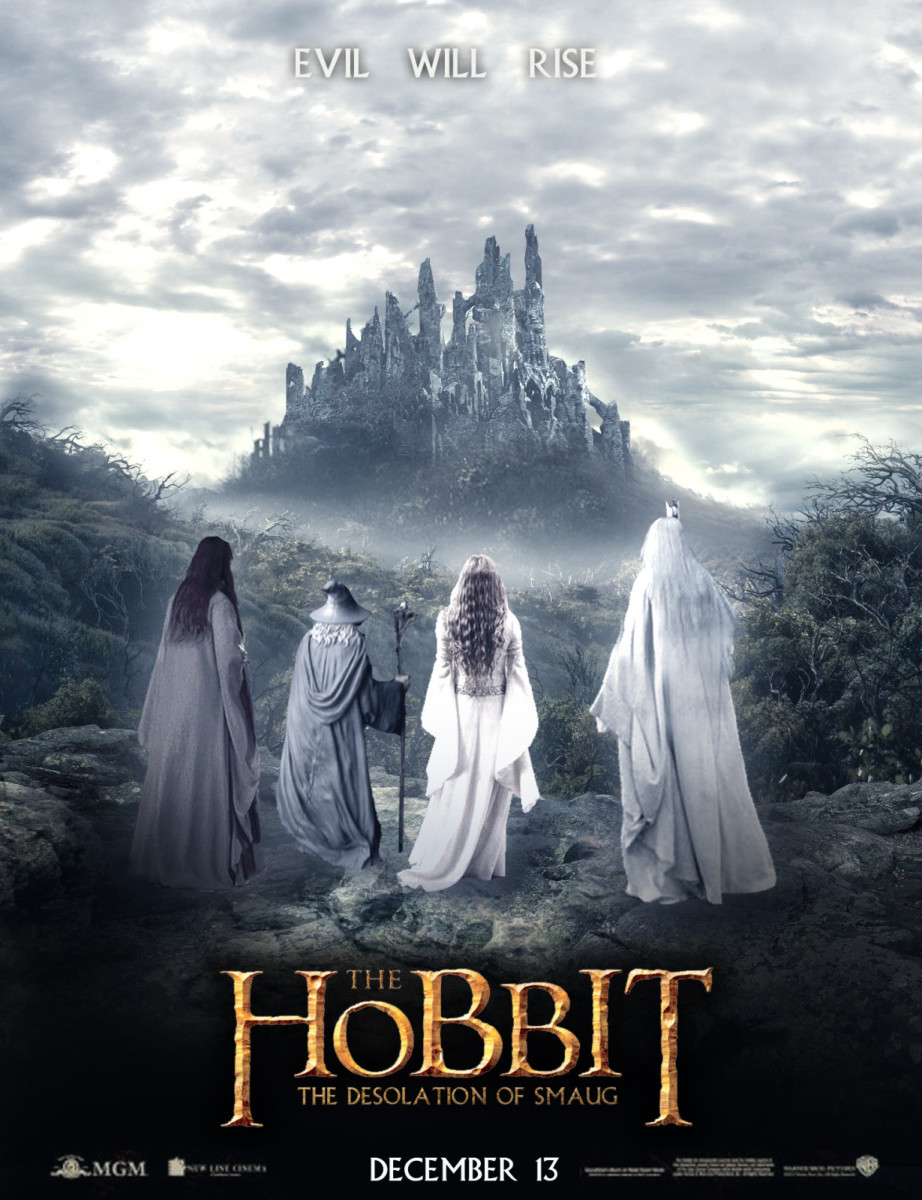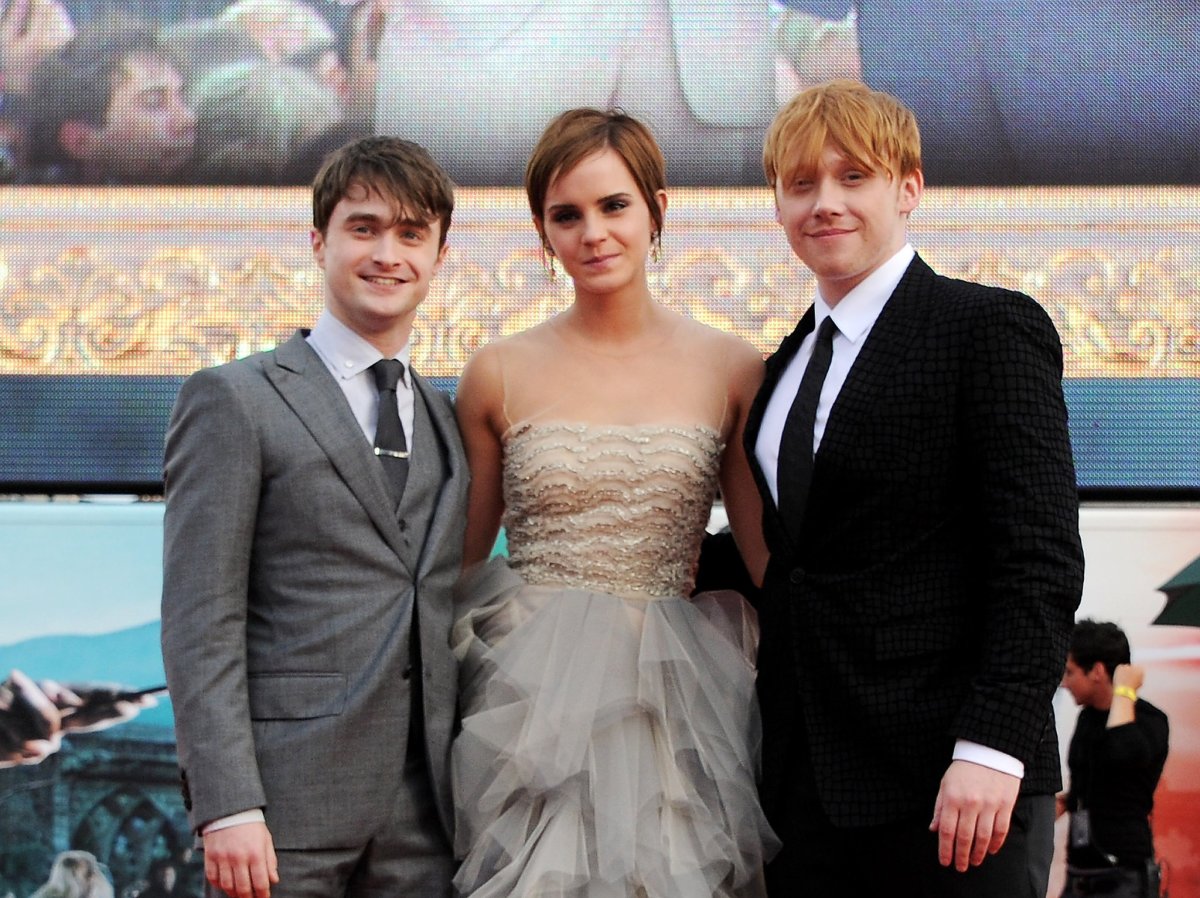- HubPages»
- Entertainment and Media»
- Movies & Movie Reviews»
- Science Fiction & Fantasy Films
The Hobbit: Or why movies shouldn't be split into parts
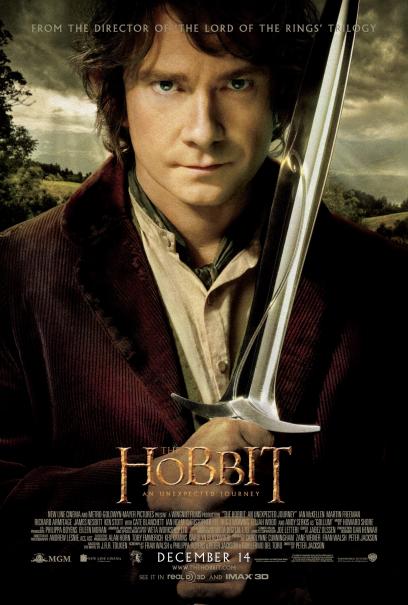
Sometime around when Kill Bill was made, movie studios decided any film in a popular franchise, especially if it was the last, needed to be split in two to milk as much cash from the series as possible. Peter Jackson's adaption ofThe Hobbit breaks new ground by being split into three, not just two, parts.
The Hobbit: An Unexpected Journey is an adaptation of the first six chapters of J.R.R. Tolkien's beloved children's book. It feels like one-third of a book stretched into a two-hour, 45-minute movie.
Problems with the pace begin early in the film. During the prologue, Bilbo begins by recounting how Smaug the dragon killed many dwarfs while forcing them from their home in Lonely Mountain, which looks like a house from Hoarders, except it's filled with gold, rather than dead cats. Bilbo (played by Ian Holm here) is in the process of writing his memoir, which he will pass on to his heir, Frodo. This sequence was added to provide continuity between The Hobbit and The Lord of the Rings, but it goes on way too long.
The pacing is painfully slow in other parts of the first half as well, with clunky dialogue that doesn't advance the plot or add anything to the story. Such scenes are filmed in many movies, usually remnants of the first draft of the screenplay, but tend to be left on the cutting room floor. At one point I got up to go to the restroom, and when I returned I didn't feel like I'd missed anything.
In order to pad out Tolkien's simple story to three movies, unnecessary subplots were also added.
Thorin Oakenshield is given an antagonist that was not present in the book: a giant white orc who had beheaded Thorin's grandfather. The filmmakers could argue this character was included to give Thorin an adversary and add a revenge element to the film. But weren't these elements already included with Smaug and the main plot? This subplot didn't add anything that wasn't already in the story. If anything, it was a distraction from the story.
In another scene, Bilbo runs to the rescue and stabs an orc as it attacks Thorin. This wasn't in the book and again didn't add anything to Bilbo's character. The movie plays this event off as Bilbo showing a courageous side to his character that wasn't realized before. But isn't this accomplished later (and at a more appropriate moment) when Bilbo saves the dwarfs from the spiders? I couldn't help but think the orc would've torn Bilbo's head off. And again, this detracted from the story.
Another subplot was added involving the Necromancer (aka Sauron). This was only alluded to in the book, but I thought such a subplot could logically be added to bridge The Hobbit and The Lord of the Rings. It was also a good excuse to bring back the wonderful Christopher Lee as Saruman. In fact, I went into the movie expecting such a subplot. But again, this subplot is given too much screen time, and goes off onto pointless tangents. Radagast the Brown, who is only mentioned in passing in the book, makes an unnecessarily long appearance, shown nursing a dead hedgehog back to life. Tom Bombadil didn't make the cut in the film adaptation of The Fellowship of the Ring, but for some reason Radagast the Brown was considered important to The Hobbit.
In one scene, Gandalf explains why he is aiding the dwarfs, saying Smaug the dragon has to be neutralized so he can't join forces with the Necromancer. (Note that the same explanation was given in a posthumously published short story by Tolkien.) This explanation was probably added to answer the question, "Why would a powerful wizard such as Gandalf condescend to help a ragtag group of dwarfs on their treasure hunt?" But had the movie moved at a more brisk pace like the book, the audience wouldn't have been asking this question, since they would be too preoccupied keeping up with the plot. While informative, this should have been left for the director's cut DVD.
The Lord of the Rings had subplots that were missing from the novels, but they didn't weigh down the movies. For example, while the love story between Aragorn and Arwen was probably added to appeal to female audience members dragged to the movies by their boyfriends, it also added a human element to the characters so they wouldn't seem like weird fairy tale creatures. And I never got the feeling these scenes were added to inflate the run time.
I don't blame Peter Jackson for The Hobbit being released in three installments. I believe the decision was made by the Hollywood producers, and Jackson simply did his best to expand the simple story, exploring tangents that were only alluded to in the books, and creating additional subplots.
The Hobbit: An Unexpected Journey, along with Harry Potter and the Deathly Hallows: Part 1 and Twilight, Part 5: Breaking Dawn, Part 2 should be examples for why stories shouldn't be split into more than one film.
The only movie I've seen to date that worked as a two parter was Kill Bill. The two volumes of Kill Bill were very different in both pace and style. If released as one film (as Quentin Tarantino had originally intended), Kill Bill would have been both stylistically jarring and four hours long. Kill Bill, Volume 1 is a tight, action-packed film in the tradition of Asian martial arts movies. While it ends with a cliffhanger, it is mainly a self-contained story about the grudge between the Bride and O-Ren Ishii. It is also a satisfying movie on its own. Kill Bill, Volume 2 takes its time with the pace and feels more like a spaghetti Western.
There were no artistic reasons for any of the other movies mentioned to be split; they were simply cynical money grabs. I'm not against film studios trying to make money, but it shouldn't be at the expense of the story. I'm sure Tolkien would have objected to The Hobbit being split into three films. In fact, Tolkien wanted The Lord of the Rings to be released as one book, but his publisher insisted on splitting it into three as it was so long, and since they had waited 17 years for Tolkien to finish it, so they wanted to make as much money off it as possible. Tolkien didn't even want his books to be made into movies. He only sold the rights because he was strapped for cash and he figured the stories would be unfilmable anyway.
Having said all that, The Hobbit: An Unexpected Journey was still a fine movie. The acting was good, and Martin Freeman was great as Bilbo Baggins. I also liked the design and character of the dwarfs. Rather being different in name and appearance only, the dwarfs had distinct personalities. I liked the design of the orcs as well. The orcs seemed to be as diverse in appearance as humans you pass on the street. The special effects and cinematography were top notch. The movie was filmed in 3D and actually looked good. Most 3D films were shot in 2D and converted to 3D on the cheap to artificially inflate the ticket price. These films don't look 3D, and are usually so dark that the action can't be made out. This was the first time where I felt the higher ticket price for 3D was well worth it. The movie reportedly had a budget of $150 million, and every dollar appears on the screen, so it looks excellent. I'm starting to wonder where the $79 million that went to make Adam Sandler's turd Jack and Jill went.
Some of the additions that weren't in the novel did actually improve the story. For example, in the movie Bilbo holds his dagger to Gollum's neck and almost kills him, but decides against it. This adds a touch of humanity to the hobbit that makes him more interesting. There was also a scene with giants throwing rocks at each other in the Misty Mountains that was in the book, but fleshed out in the movie. I only vaguely remember the part from the book, but it was an exciting moment in the film.
I would recommend The Hobbit to fans of the book and previous films--pretty much anyone in its already built-in audience. I give the movie four out of five stars, subtracting only one star for the above criticisms.
Once all three installments are finished, Peter Jackson should release a director's cut that is just one three-hour film. That would be deserving of five stars.

